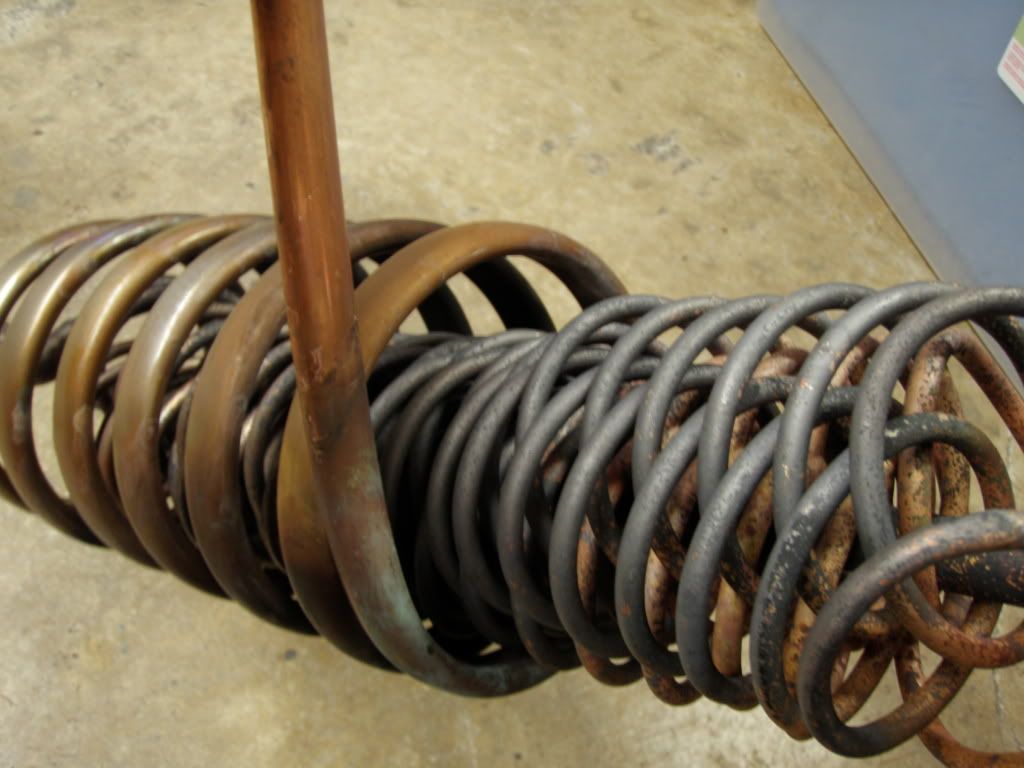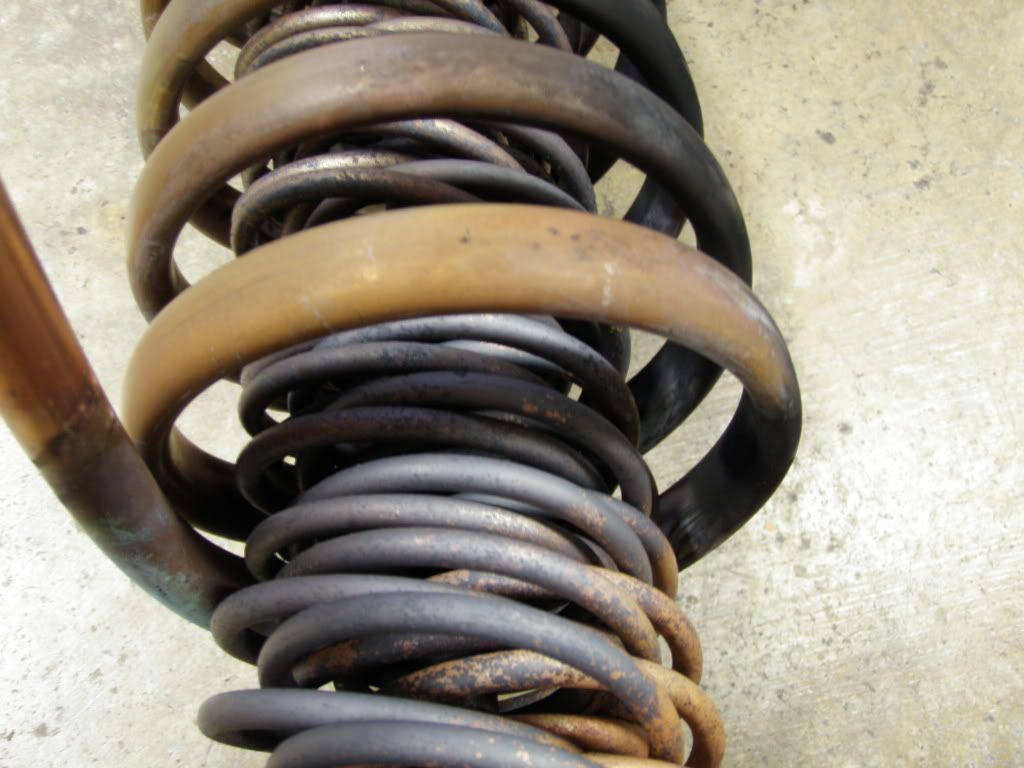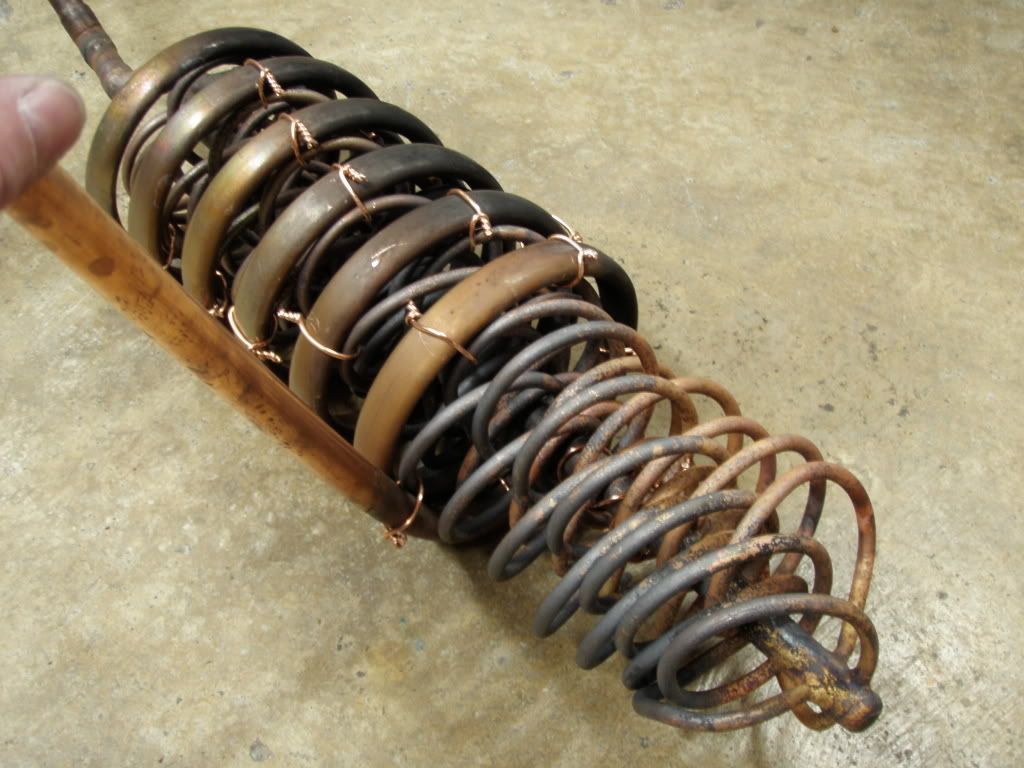GreenMonti
Well-Known Member
- Joined
- Nov 29, 2009
- Messages
- 1,268
- Reaction score
- 67
On the topic of the flash boiler, I noticed a few runs ago that my coils were moving on me. It was mentioned to me by Kladue to tie the coils to the inner pipe with some copper wire. I wanted to see things move and to show everyone else thinking of making one of these that this should not be overlooked. I took it apart today so I could address this.
Here is a couple of shots of it.


Here it is now. You can see the copper wire I used to hold the coils in place. You'll also notice the coils are like they should be.


Here is a couple of shots of it.


Here it is now. You can see the copper wire I used to hold the coils in place. You'll also notice the coils are like they should be.

















![Craft A Brew - Safale BE-256 Yeast - Fermentis - Belgian Ale Dry Yeast - For Belgian & Strong Ales - Ingredients for Home Brewing - Beer Making Supplies - [3 Pack]](https://m.media-amazon.com/images/I/51bcKEwQmWL._SL500_.jpg)










































